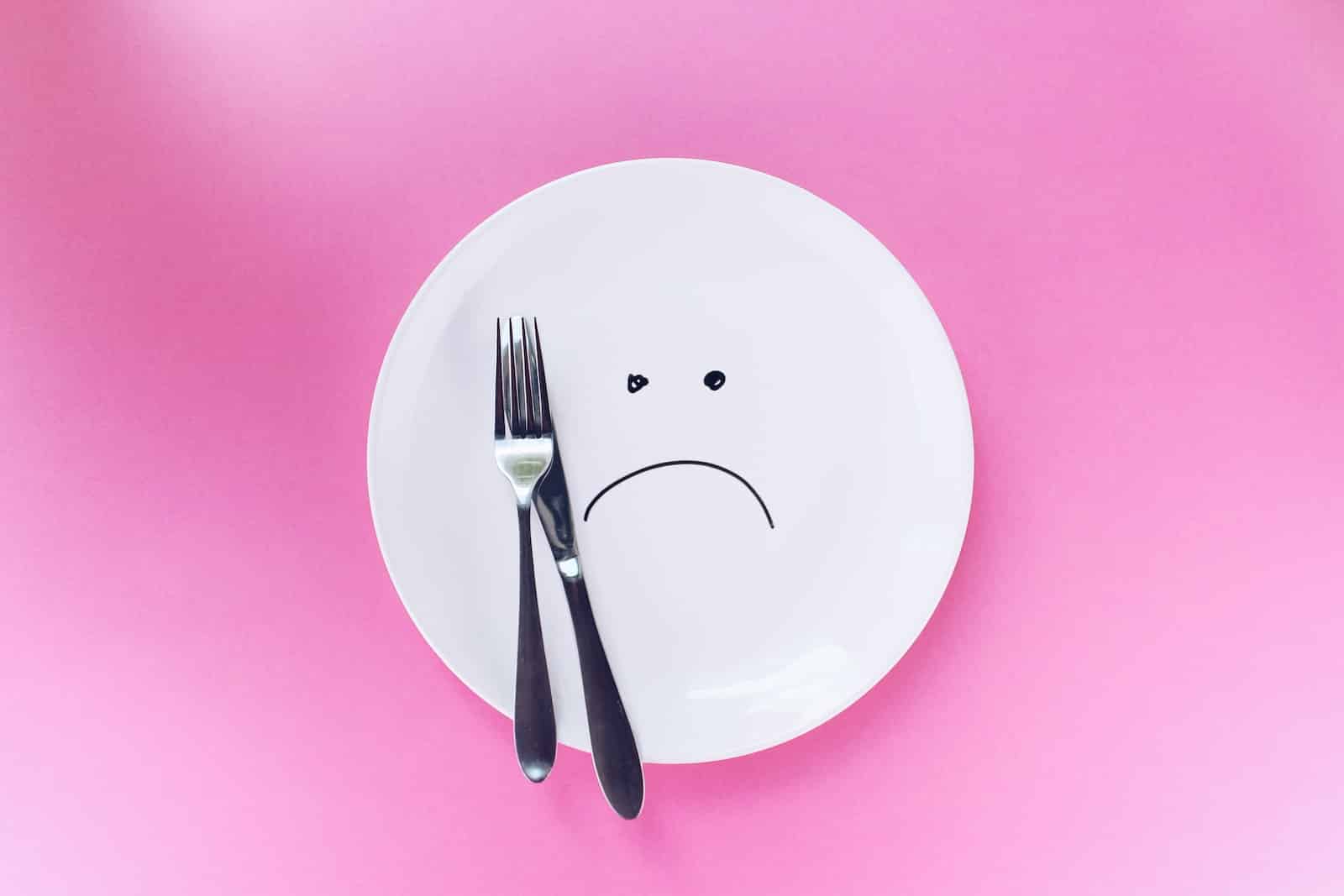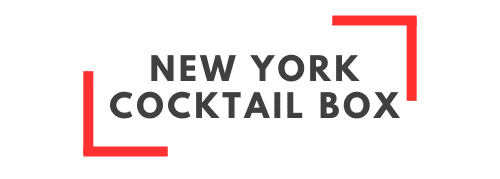Strategies for reducing sodium intake in your diet

Sodium, a crucial mineral for human health, often has a nefarious reputation. It’s mainly because a large number of us consume it in unhealthy quantities, primarily through salt. Sodium happens to be a major component of salt, which is liberally used in our daily foods. The excess intake of sodium can lead to grave health issues, like high blood pressure and heart disease. This makes it crucial to have a good understanding of sodium and its effects on our health. By empowering ourselves with accurate nutritional knowledge, we can make healthier dietary choices.
The Role of Sodium in Your Health
Sodium plays a pivotal role in our bodies, including maintaining fluid balance, transmitting nerve impulses, and influencing muscle function. However, despite its essential role, it’s a classic case of ‘too much of a good thing can be bad’.
Cela peut vous intéresser : The role of fitness in disease resistance
The American Heart Association recommends an ideal limit of no more than 1,500 mg per day for most adults. Yet, the average American consumes more than 3,400 mg of sodium each day, mostly through processed and packaged foods. High sodium intake can increase blood pressure, leading to hypertension, heart disease, and stroke. Therefore, it becomes increasingly imperative to reduce sodium in our diet.
The Link Between Sodium and Blood Pressure
High sodium intake can cause high blood pressure, a condition known as hypertension. Hypertension is often termed as the ‘silent killer’ as it doesn’t have obvious symptoms but can lead to severe complications, such as heart disease and stroke.
Cela peut vous intéresser : The health implications of a vegan diet
Sodium attracts water, and a high-sodium diet draws water into your bloodstream, which can increase the volume of your blood and, consequently, your blood pressure. Over time, high blood pressure can overwork your heart and blood vessels, leading to various health problems.
High-Sodium Foods to Avoid
A significant reduction in sodium intake comes from identifying and limiting high-sodium foods in your diet. Processed foods and restaurant meals contribute up to 75% of our sodium consumption.
Common high-sodium foods include bread and rolls, cold cuts and cured meats, pizza, poultry, soups, sandwiches, cheese, pasta dishes, and snacks like chips and crackers. It’s not just the obvious salty snacks; even sweet baked goods can be high in sodium. Therefore, reading food labels becomes essential in making low-sodium dietary choices.
Strategies to Reduce Sodium in Your Diet
A well-planned approach can help lower your sodium intake. Start with eating more fresh fruits and vegetables, as they are naturally low in sodium. Opt for low-sodium alternatives of the foods and beverages you normally buy.
Cooking at home gives you more control over your sodium intake. When preparing meals, use herbs and spices instead of salt to add flavor. Eating home-cooked meals also lets you limit the salt added to your dishes and control portion sizes.
Finally, make it a habit to read food labels. Look for foods labeled ‘sodium-free,’ ‘low-sodium,’ or ‘reduced sodium.’
The Importance of Nutrition Education
Understanding the nutritional content of food is essential in achieving a low-sodium diet. Nutritional education is a powerful tool in helping you make informed dietary decisions.
Learning to read and understand food labels can be a great starting point. Furthermore, knowledge about healthy alternatives to high-sodium foods can significantly reduce your sodium intake.
Awareness of the harmful effects of excess sodium can also contribute to a stronger commitment to a low-sodium diet. Remember, your health is your most significant wealth, and taking control of your sodium intake is a big step towards preserving it.
Even though a reduction in sodium intake can be challenging initially, with conscious effort and informed choices, you can successfully maintain a low-sodium diet. The benefits to your health and well-being are well worth the effort. So, embark on this journey towards a healthier you, one step, and one meal at a time.
In the end, it’s not about completely eliminating sodium from your diet, but about achieving a balance. A balance that supports your health, and leaves you feeling nourished and satisfied.
Lowering Sodium in Your Everyday Meals
Lowering sodium intake doesn’t have to be a daunting task. Simple dietary modifications and a keen eye on food choices can effectively reduce the sodium content in your meals. Fresh fruits and vegetables are naturally low in sodium and should form a significant part of your diet. Cook meals at home, which allows you to control the amount of salt and other high-sodium ingredients used in the preparation.
When it comes to processed foods, it’s essential to be cautious. Unfortunately, the convenience of these products often masks their high sodium levels. Snacks like chips, bread, canned soups, and sodas are considerable sources of sodium. Opt for fresh, whole foods whenever possible. However, if processed foods are unavoidable, choose products labeled as ‘low sodium’ or ‘no added salt.’
Making wise choices when dining out also contributes to sodium reduction. Most restaurant meals are notoriously high in sodium. Don’t hesitate to request that your dish be prepared with less salt. Alternatively, opt for restaurants that offer low-sodium or heart-healthy menus.
Finally, get creative in the kitchen. Explore using herbs, spices, and other flavor enhancers like vinegar or lemon juice, which can help reduce your reliance on salt without sacrificing taste.
Remember, consistent efforts to lower your sodium intake can lead to significant health improvements over time.
Conclusion: Achieving a Balance in Sodium Intake
The journey to lower your sodium intake and protect your health doesn’t mean you have to eliminate all the foods you love. It’s about being mindful of your choices and striving for balance. The goal is not to completely remove sodium from your diet but to ensure it’s consumed in moderate, healthy amounts.
Regularly monitor your diet, and make it a habit to check the nutritional labels of the products you purchase. Stay informed about high-sodium foods and alternatives. Constantly educating yourself about dietary sodium can help you maintain the balance necessary for good health.
In summary, sodium, while essential, can pose a risk to health when consumed in excess. High blood pressure and cardiovascular disease are serious consequences of high sodium intake. By adopting effective strategies to reduce sodium, you can significantly decrease these risks. The shift might seem overwhelming initially, but small, consistent steps can lead to a healthier lifestyle.
In essence, the journey to lower sodium intake is a marathon, not a sprint. It’s a commitment to improve your diet and, ultimately, your overall health. Remember, your health is your most significant wealth, and every effort you make to manage your sodium intake brings you one step closer to protecting it. Make the choice today for a healthier tomorrow.
